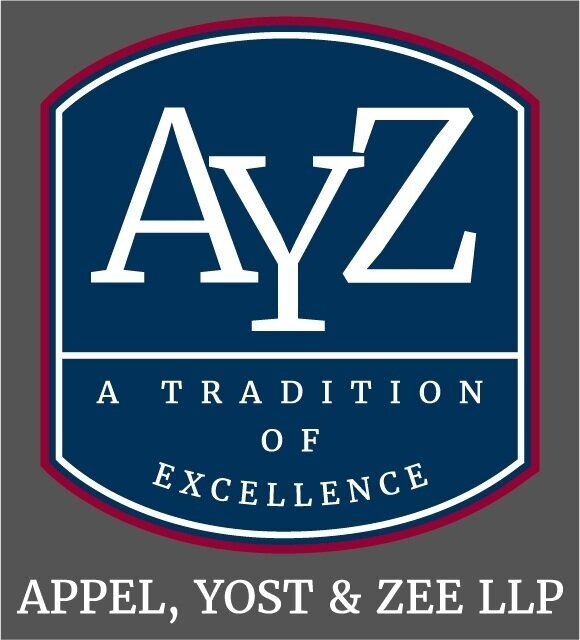OCR Releases New Resources for Students with Disabilities
By Michael W. Lewis
March 1, 2024
On February 20, 2024, the Department of Education’s Office of Civil Rights (OCR) released four new resources with information for schools, students, and their families addressing civil rights, as well as a data snapshot about education access for students with disabilities. These resources can be found on the OCR Website.
OCR released the new resources to inform students with disabilities, along with their families and schools, about their legal rights under Section 504 of the Rehabilitation Act of 1973.
Of the 49.2 million students enrolled in the nation’s public schools, a combined 8.4 million of those students fell within the services of the IDEA and Section 504. A total of 1.6 million students, or approximately 3% of the overall student enrollment, were served only under Section 504.
The resources focus specifically on students with asthma, diabetes, food allergies, and gastroesophageal reflux disease (GERD). These resources, which apply to all levels of education, detail (1) when these conditions trigger Section 504 protection, (2) what kinds of modifications an educational institution may need to take to avoid unlawful discrimination, and (3) what institutions should do to remedy past discrimination.
Each of the fact sheets provides that, under Section 504, a student who has any of these respective conditions is considered to have a disability if the condition “substantially limits one or more of their major life activities.” The issue of whether an impairment substantially limits a major life activity should not demand extensive analysis. The term "substantially limits" must be construed in a way that favors expansive coverage to the maximum extent permitted by the statutory language. An impairment does not need to prevent, or significantly or severely restrict, an individual from performing a major life activity in order to be considered substantially limiting. It is enough that an impairment substantially limits the ability of an individual to perform a major life activity as compared to most people in the general population. Additionally, even if any of these impairments is episodic, it can substantially limit a major life activity when active. The beneficial effects of mitigating circumstances, such as medication used by a student, must be disregarded in determining whether an impairment substantially limits a major life activity of an individual. A school may always accept that a student has a disability without any documentation or medical testing.
The new Civil Rights Data Collection (CRDC) disability snapshot, and other CRDC data reports and snapshots, are also available on the CRDC website.
Should you have any questions regarding these resources, please do not hesitate to contact Mike Lewis, or any of the attorneys in the Appel, Yost & Zee Education Law Group.
